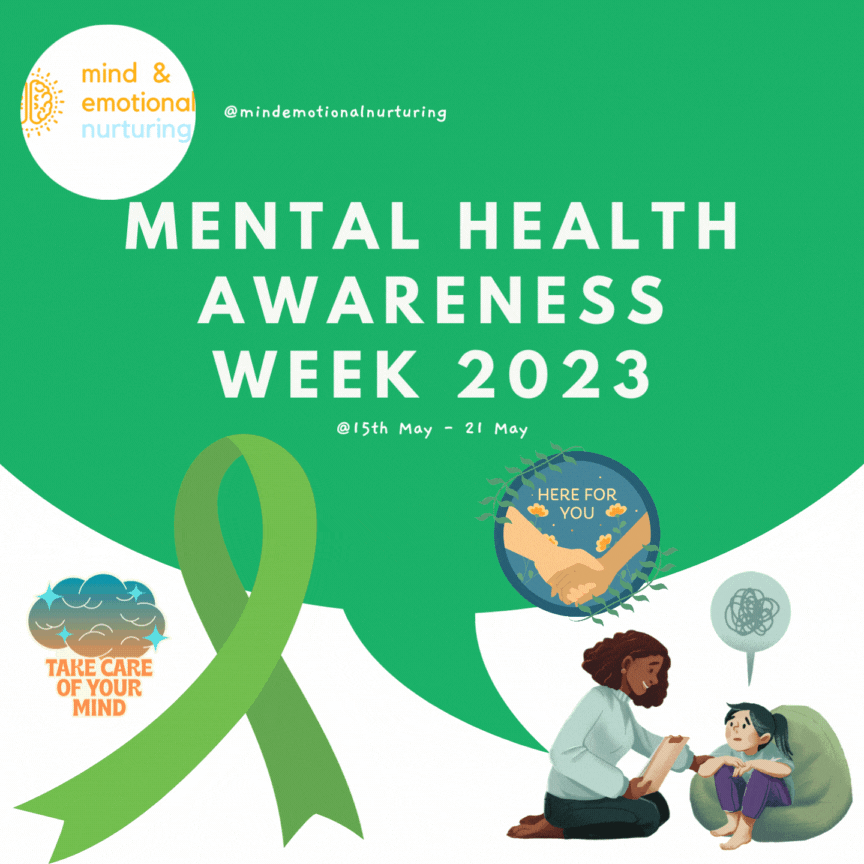Hello Doer,
How are you 'BEING' today?
In this blog, you will find out:
What is the ‘Being Mind’?
What is the state of ‘Being’?

Speaking of uncertainty, the COVID 19 virus has brought about excessive doubts. Possibly severe stress, chronic depression, and anxiety for most people around the world.
Unbalanced Doing
It is acceptable to be concerned about this crisis. It is unarguably a life-threatening situation. From time to time, the ‘being mind’ will want to ‘Do’ and can easily slip into ‘doing’ mode in controlling you.
This is how the mind is designed, especially when a threat is believed to be perceived. As a result, all human beings have “thinking errors.” I refer to this as “unbalanced doing” in the absence of actual threats or danger.
The Being Mind
The human brain is very complicated for me to divide its functions into ‘Being’ & ‘Doing.’ Maybe you would agree that every part of the human body continues to function deserves to rest at some point. The primitive “reptilian” brain is a vital functioning part that ensures your survival.
The process of calming this part of the brain is why I named it the “Being Mind.” The whole complex area is involved with different emotions, memory, and attention, and for it to function, it requires tranquillity.
The human brain does not like "the unknown" or uncertainty. It feeds off information from the environment for your survival. For most people, the ‘being’ mind is doing even more now in the crisis than ever before. The incomplete, unfamiliar, and overloading information could bring it into anxiety “fight or flight” mode and cause some form of physiological block.
It is probably making assumptions and looking for all the possible things that could go wrong as a result of this situation.
You will find that you keep asking yourself unhelpful and unsolvable problem-creating questions.
When the 'Being Mind' is doing, it makes it impossible for the actual 'Doing Mind' to function.
The psychological blocks that comprise your thought process become irrational and fixed. Your thought process goes around in a loop, creating the feeling of unease.
This unbalanced doing can increase the level of stress hormone “cortisol” in the body, aggravating your brain, and weakening your immune system. This process ensures the body is more likely to get an infection and other illnesses. It also results in circles of unhelpful ACTs (Anxiety Creating Thoughts) and a series of unpleasant emotions such as sadness, fear, and anger.
Did I hear you say…?
“It is impossible “NOT” to get stressed in this situation.” Yes! That is an example of what the "Being Mind" does. Its favourite word is “NOT.”
I know this because I have suffered from stress and anxiety in the past. Now, when I start feeling some signs of uneasiness, I have identified that my thoughts are filled with statements like:
I am NOT… I can NOT… I do NOT… I will NOT… I should NOT…
Do any of these sound familiar? How does it make you feel when you have a “NOT” thought?
When I am starting to feel concerned in a particular situation, now, I know where to ‘BE’ within myself to attain clarity of the mind. 'BEING'
What is Being?
According to my experience, a state of 'Being' is the moment the mind quietens down, freely experiencing its present existence. Unfortunately, some people miss out on experiencing this transformative feeling of freedom in their lifetime. Being is:
The process of existing in the present moment.
The foundation of life and the secret to living.
The opposite of doing. The basic instinct.
The beginning and the end. It conquers all fears.
The feeling of nothing and everything.
The home of acceptance and resting place of the mind.
The silencer of your undesired and involuntary thoughts.
The most effective emotional processor.
Proactive, patient, and can feel at ease.
Something that knows no preference, yet it feels welcoming and pleasant.
The root of freedom and happiness.
A means of knowing. The key to learning and unlearning.
The answer to all your wants.
The moments that supported you in acquiring the knowledge you had gained to date, including the first time you learned your name as a child.
A way of life and a natural ability buried and lost in the form of “simply” doing.
The moment that stops everything, including the worries about the unknown.
Those moments you stayed attentive, truly listened and truly experienced.
The timeless moment free of suffering and filled with calmness.
Where true love is made, the connection with self and others.
The feeling of Neutrality. It is judgment-free.
Access to the state of thinking 'DOING.'
What gives the courage to become whoever or whatever you want to become.
What provides the strength to persist in doing whatever you want to do.
It perceives dearest memories and releases the past.
The energy saver.
Balancing Your Being & Doing
The state of 'BEING' is the one thing you can do to know your mind in understanding yourself. It requires presence and focused attention. Free yourself and take advantage of your most valuable asset. Your MIND! Acknowledge and embrace what is within your control right now and depart from what is outside your control. For your emotional part of the mind to learn to ‘BE,’ the process requires conscious awareness in interrupting and stilling your thoughts.
When you are truly 'BEING' you are present, you listen with no judgement, and you will feel and be able to think intentionally, deciding whether or not to move towards appropriate action. The intentional part of the process is what I call 'DOING.' This way, you can balance your being with whatever you choose to do.
What will it take you to learn to ‘BE’ yourself?
The best time to learn to ‘Be’ is NOW! #Think #Mind #Emotional #Nurturing can help you develop your #BEING skills. It is very simple. It is THE way of life!

.png)







